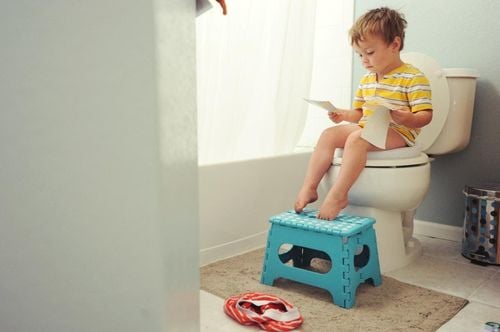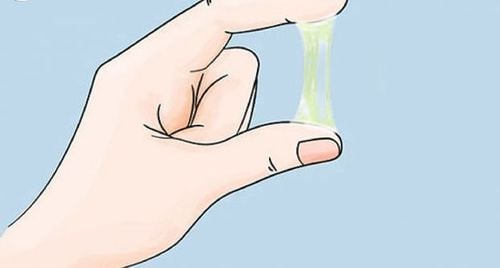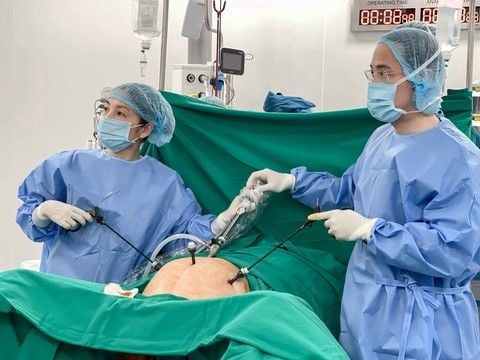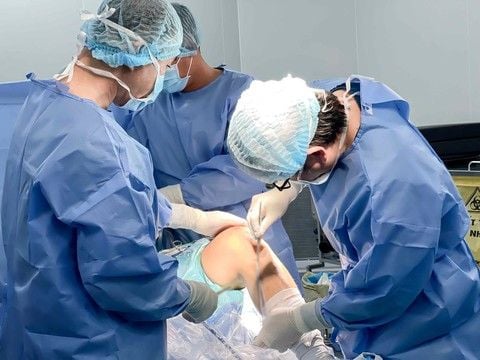One of the ways to help a child grow hair quickly is to ensure that you replenish the moisture lost during the washing process. When done correctly, deep conditioning treatments will enhance the necessary moisture for the hair.
1. Factors Affecting the Rate of Hair Growth in Children
Children's hair typically grows about 0.5 cm per month or approximately 13 cm per year. Hair grows from hair follicles for 2-6 years before entering a resting phase lasting about 3 months. After this resting period, hair will fall out, with a normal shedding rate of 50 to 100 strands per day. Children with larger hair follicles will have thicker hair, while those with narrower follicles will have finer hair. However, several factors can influence hair growth, including a combination of genetics, nutrition, hair care, and overall health, all of which can affect how slow or fast your hair grows.
2. 10 Ways to Help Children Grow Hair Quickly
"How to help my child’s hair grow quickly” is a common concern among parents, especially when their child's hair is prone to breakage. Here are 10 ways to promote faster hair growth:
2.1. Use a Gentle, Sulfate-Free Shampoo
Children's hair is very delicate and prone to damage. Using strong chemical shampoos can harm the hair and strip away its natural oils, leading to dryness and breakage. Nowadays, many gentle, sulfate-free shampoos are now available that effectively clean the hair without compromising moisture.
2.2. Deep Conditioning for Faster Hair Growth
One effective way to promote children’s hair growth is to replenish moisture lost during washing. Deep conditioning treatments, when done correctly, will enhance the necessary hydration for the hair, soften the strands, and prevent damage and split ends.
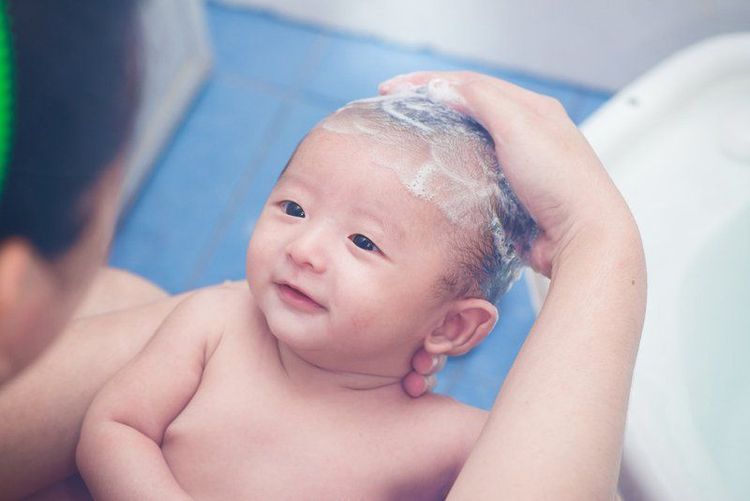
2.3. Follow Proper Hair Washing Steps
When washing a child's hair, you should follow these steps correctly:
- Start by wetting the hair with water.
- Use a gentle shampoo and massage it lightly into the scalp.
- Rinse the hair thoroughly with clean water.
- Add a small amount of conditioner, massage gently, and then rinse out completely with water.
2.4. Trim the Ends
It may seem counterintuitive, but trimming the ends of your child's hair can help it grow faster. When the ends are damaged or split, they can continue to split further up the strand, leading to breakage. Split ends can affect the hair's roots if not addressed promptly. Removing damaged ends promotes healthy growth by reducing breakage.
2.5. Be Careful When Detangling
Detangle the hair during the conditioning phase. Once the hair is dry, carefully remove tangles one section at a time using a wide-toothed comb and without applying too much force. Always keep your child's hair neatly tied to minimize tangling.
2.6. Use Protective Hairstyles
Protective hairstyles can help prevent the ends of the hair from breaking and minimize exposure to harsh elements. These styles reduce tangling during play, which helps encourage hair growth and maintain length. Examples of protective hairstyles include braids, buns, and ponytails. Use hair ties without metal components. When hair is properly moisturized and styled protectively, it will thrive.
2.7. Dry Hair Properly
Heat damage to hair is irreversible. Once your child's natural hair is damaged by heat, it cannot return to its original state. Heat-damaged hair is more prone to breakage, making it harder for the hair to grow healthily. If you must use heat on your child's hair, ensure you apply a heat protectant first and use low heat settings.
2.8. Invest in Quality Sleep Pillows
When your child sleeps on a cotton pillow, the moisture from their hair can be absorbed by the fabric, leading to dryness, frizz, and breakage. Investing in a quality satin pillowcase is advisable, as it helps retain moisture and reduces friction on the hair.
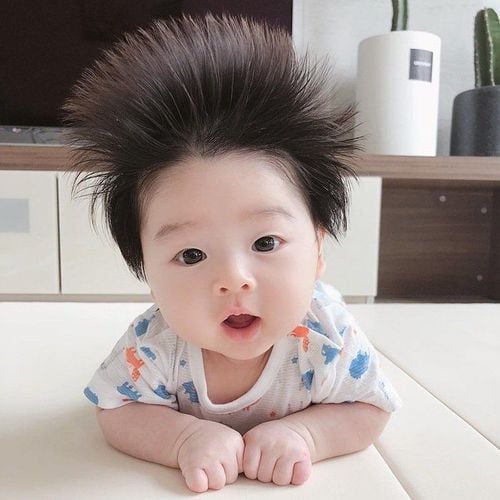
2.9. Treat Scalp Disorders
Treating any scalp disorders in children is essential for promoting hair growth of children. Common conditions in children include scalp fungal infections and alopecia. Tinea capitis (ringworm) is a contagious fungal infection that can lead to hair loss. If your child experiences these issues, consult a doctor for effective treatment.
2.10. Use Hair Growth Stimulating Shampoos
Natural oils can stimulate hair growth for any hair type, provided there are no allergies. Using oils for hair growth has been proven effective for centuries. They help promote healthy growth, restore damaged hair, prevent breakage, and soothe dry, itchy scalps.
Some recommended hair growth stimulating shampoos for children include:
- Daramin Watermelon Shampoo
- Pureen Body Wash
- Chinoshio Foaming Bath
- Pigeon Jojoba Shampoo
- Organic Care 3 in 1 Shampoo
- Bubchen Rosalea 2 in 1 Shampoo
3. Nutrition for Faster Hair Growth
Hair reflects a child's overall health. A diet high in junk food and sugary drinks can lead to dry, brittle hair. Meanwhile, a balanced diet can promote healthy hair growth. Here are some nutritional tips:
- Include nutrient-rich fruits and vegetables, especially yellow and orange ones, to provide vitamin A, which supports scalp health. Options like strawberries, citrus fruits, dark leafy greens, and tomatoes offer vitamin C to protect hair from breakage.
- Ensure your child gets enough vitamin E, found in many leafy greens, to improve hair quality.
- Incorporate eggs into breakfast, as they are rich in L-cysteine, an amino acid crucial for hair health. Eggs also contain minerals like manganese and biotin vitamin B, both of which help prevent hair loss.
- Meats and fish are excellent protein sources.
- Switch from white and refined flours to whole grains to provide B vitamins, including biotin, important for keratin production, which is essential for hair structure.
- Include fish for omega-3 fatty acids and replace saturated and trans fats with essential fatty acids, crucial for hair health. Omega-6 fatty acids are found in organic beef, while omega-9 can be sourced from olive oil.
- Ensure your child receives enough zinc and iron, since lack of zinc could lead to hair loss. Include beef, pork, and chicken or add sunflower seeds, blackstrap molasses, wheat germ, and whole oats to their diet for zinc.
- Foods like pumpkin, black molasses, grains, meat, and leafy greens can provide iron.
While thinning hair can often be genetic, proper scalp care, correct washing techniques, and a balanced diet can help minimize breakage. If your child experiences excessive hair loss accompanied by symptoms like weight loss or fatigue, consult a healthcare professional for accurate diagnosis and treatment options.
To arrange an appointment, please call HOTLINE or make your reservation directly HERE. You may also download the MyVinmec app to schedule appointments faster and manage your reservations more conveniently.
